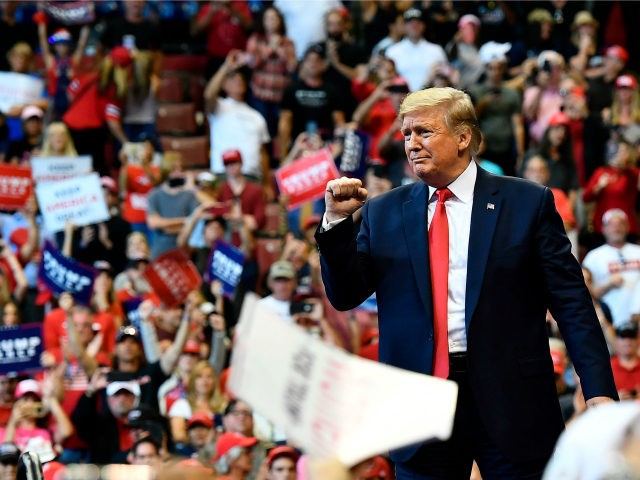The imaginary recession of 2019 is over.
The U.S. economy added 266,000 jobs for the month and the unemployment rate fell to 3.5 percent, matching the lowest level in 50 years.
Economists had expected the economy to add 180,000 jobs and for unemployment to remain unchanged at 3.6 percent, according to Econoday.
Adding to the picture of strength for the labor market, previous jobs numbers were revised up. September’s figure was revised up by 13,000 to 193,000. October was revised up by 28,000 to 156,000. Together, that adds 41,000 more jobs than previously reported.
The Friday report on nonfarm payrolls makes it clear that the economy is much stronger than thought by those who were predicting U.S. growth would slow dramatically or contract near year end. It indicates that tariffs on imports from steel have been less of a drag than President Donald Trump’s critics expected and the U.S. economy has withstood the headwinds of slowing growth in economies around the globe.
The jobs numbers also stand in stark contract to the ADP National Employment Report released Wednesday which saw U.S. employers adding just 67,000, well below expectations. Breitbart News reported Wednesday that it was likely “Moody’s could be underestimating private payroll growth.”
Hiring in November was strong across the board. Manufacturing, which had been a source of weakness in earlier reports, added 54,000 jobs. This was boosted by the end of the strike at General Motors, with autos adding 41,000. But economists, whose estimates were meant to reflect the end of the strike, had predicted just 15,000 extra jobs.
Healthcare added 45,000 jobs, as did leisure and hospitality. Employment in professional and technical services grew by 31,000.
The number of Americans working rose to 158,593,000 a record high. That is the sixth consecutive record high for this metric.
Average hourly wages are up 3.14 percent compared with last year, above economist expectations. In manufacturing, the average workweek increased by 0.1 hour to 40.5 hours. Average hourly ages of private-sector production and nonsupervisory employees rose by 7 cents in the month to $23.83, a 0.22 percent gain.
The labor force participation rate was little changed at 63.2 percent in November. The employment-population ratio was 61.0 percent for the third consecutive month. Both numbers would ordinarily be declining to do the expected retirement of baby-boomers. Holding steady indicates that the strong labor market is enticing workers to stay on the job.

COMMENTS
Please let us know if you're having issues with commenting.